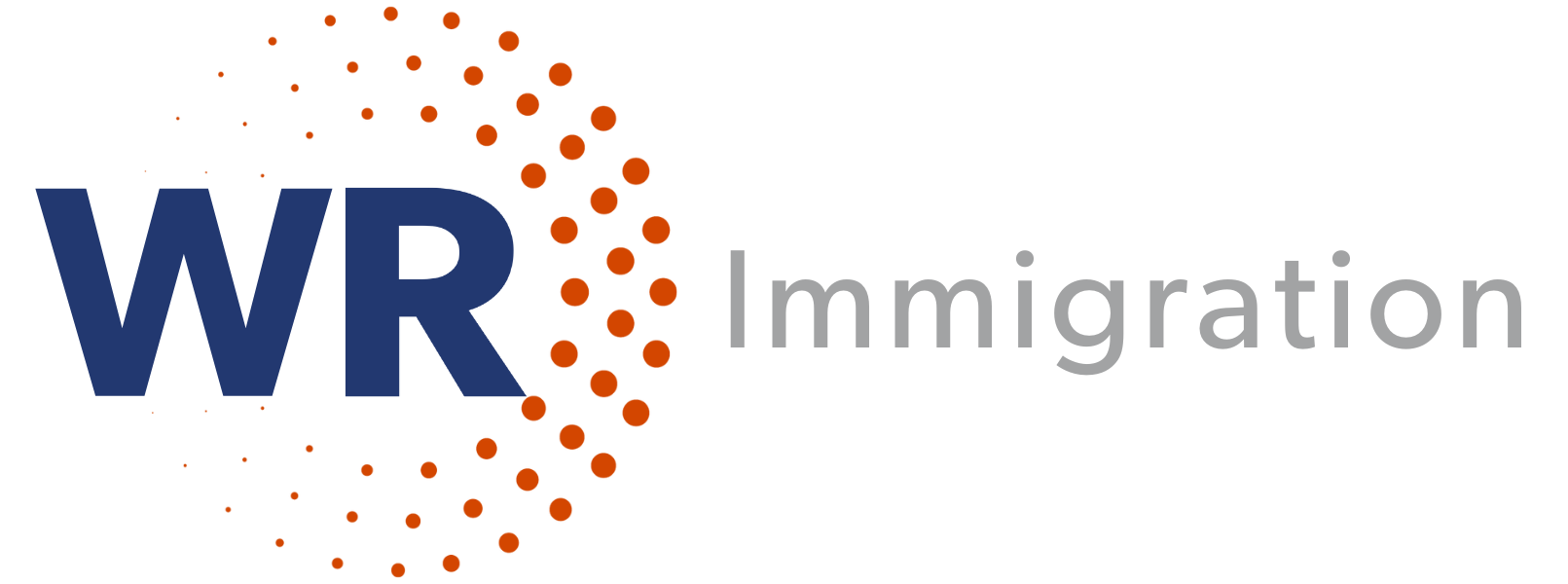For audio listeners, you can listen to our audio version of the News Digest here. You can also join our Immigration News Digest Newsletter here.
- USCIS Expands Discretion in Immigration Filings
- Employment-Based Green Card Limits Expected to Be Reached by End of FY 2025
- DOL Releases FY 2025 Labor Certification and Wage Determination Data
- DOS Releases 2024 Visa Office Report
USCIS Expands Discretion in Immigration Filings
USCIS has updated its Policy Manual to expand the factors considered in discretionary benefit requests. Evidence of anti-American or antisemitic activity will now weigh heavily against applicants, and social media vetting has been broadened to capture such activity. EB-5 investor petitions and other discretionary filings will also face closer review for fraud, misrepresentation, and national interest concerns. These changes apply immediately to pending and future cases.
Impact: Global mobility teams should expect tighter vetting, greater unpredictability, and an increased emphasis on compliance in discretionary USCIS filings.
Employment-Based Green Card Limits Expected to Be Reached by End of FY 2025
The Department of State’s September Visa Bulletin reports that demand for employment-based green cards has steadily increased at both USCIS and DOS. As a result, most FY 2025 employment-based preference categories are projected to reach their annual limits in August or September. Once a category’s limit is met, it will immediately become “unavailable,” and no further visa numbers will be issued until the next fiscal year. The FY 2025 worldwide employment-based cap is 150,037.
Impact: Green card availability is likely to tighten sharply near the end of FY 2025, creating risk of delays for employees with pending cases. Employers should anticipate possible retrogression or unavailability and plan case filings and workforce expectations accordingly.
DOL Releases FY 2025 Labor Certification and Wage Determination Data
On August 15, 2025, the Department of Labor’s Office of Foreign Labor Certification (OFLC) published updated statistics on prevailing wage determinations and labor certifications across multiple programs, including PERM, LCA (H-1B, H-1B1, E-3), H-2A, H-2B, and CW-1. The release includes public disclosure files through Q3 of FY 2025, with separate datasets for PERM due to the implementation of the revised ETA-9089 form. OFLC also issued selected program statistics for the first half of FY 2025 and updated the H-2B foreign labor recruiter list.
Impact: The updated data provides transparency into case volumes, processing trends, and recruiter usage. Employers should use these insights to benchmark their own filings, anticipate adjudication timelines, and ensure compliance with DOL recruitment and wage requirements.
DOS Releases 2024 Visa Office Report
The Department of State has published its annual Visa Office Report for 2024, which provides detailed immigrant and nonimmigrant visa issuance data worldwide. The report notes that since FY 2019, visa statistics have been calculated using application-level data for greater accuracy. It also highlights the lasting impact of the COVID-19 pandemic, when routine visa services were suspended in March 2020 and gradually resumed on a post-by-post basis starting July 2020. The 2024 report includes updated issuance figures that reflect ongoing recovery and regional variations in consular processing.
Impact: The report offers useful insights into global visa issuance patterns and processing trends, helping employers anticipate backlogs, identify regional bottlenecks, and plan international assignments more strategically.


